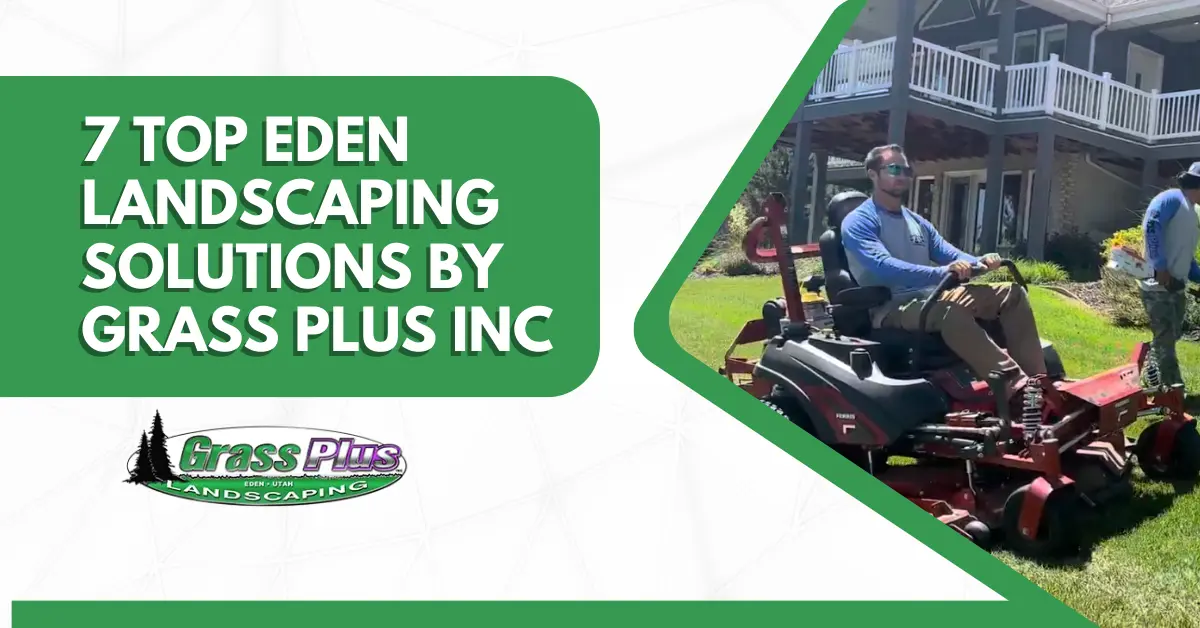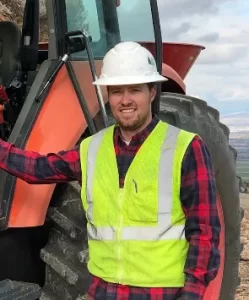Colorado, known for its breathtaking mountains, canyons, and rivers, boasts a diverse landscape that attracts outdoor enthusiasts from all over the world. However, behind its scenic beauty lies a significant concern: erosion.
Erosion is the process of soil and rock displacement caused by natural forces such as wind, water, and ice or, in some cases, human activities. In Colorado, where the forces of nature are particularly dynamic, erosion can occur more swiftly and extensively than in other regions.
Colorado’s unique geographical features, including steep slopes, deep canyons, and a semi-arid climate, contribute to the state’s increased vulnerability to erosion. These factors lead to erosion, as the state experiences frequent intense rainfall, rapid snowmelt, and strong winds.
When it rains or snow melts rapidly, the water cascades down the steep slopes, gaining speed and force along the way. This process, known as surface runoff, can easily wash away the topsoil, leaving the underlying rocks exposed. In addition to this, the powerful runoff can also carve deep channels, leading to the formation of gullies and ravines.
Furthermore, Colorado’s semi-arid climate, characterized by low precipitation and high evaporation rates, poses a unique challenge for vegetation in the state. The roots of plants help bind and stabilize the soil. However, the limited rainfall makes it difficult for vegetation to thrive, causing erosion issues in Colorado.
In recent years, Colorado has faced an increase in the frequency and intensity of wildfires. While these wildfires are a natural part of the state’s ecosystem, they can exacerbate the erosion problem. The intense heat from the fires can destroy the vegetation and alter the soil structure, making it more resistant to water absorption. As a result, when heavy rains occur after a wildfire, the water is unable to penetrate the soil effectively, leading to increased surface runoff and a higher risk of Colorado erosion issues.
Colorado Erosion Control Measures
Recognizing the severe consequences of erosion, erosion controls in Colorado were implemented to protect its land and water resources. These measures include the following:
1. Erosion Control Regulations
Colorado has established regulations that require developers and construction companies to implement erosion control practices, such as sediment barriers and stormwater management systems,with the goal of minimizing the effect of construction activities on the surrounding land.
2. Vegetation Management
To address the challenges posed by the state’s semi-arid climate, Colorado emphasizes the importance of vegetation in erosion control. The state promotes the use of drought-resistant plants and the implementation of proper irrigation strategies to support the growth of vegetation in areas prone to erosion.
3. Terracing and Contouring
Given the prevalence of steep slopes in Colorado, terracing and contouring are commonly used techniques in erosion control. These practices involve creating level areas across a slope and constructing terraces or ridges to reduce the speed of runoff and promote water infiltration.
4. Retention Ponds and Detention Basins
Colorado also utilizes retention ponds and detention basins in erosion-prone areas to capture and store excess water. These structures help to control the flow of water, reducing the risk of erosion by allowing the water to slowly drain or be absorbed into the ground.
5. Structural Erosion Control
In some cases, where natural erosion control measures are not feasible, Colorado implements structural erosion control techniques such as retaining walls and erosion control blankets. These measures are designed to physically prevent soil movement and protect vulnerable areas from erosion.
While these erosion control measures are effective, their success ultimately depends on proper implementation and maintenance. Colorado continues to prioritize research and education to improve erosion control practices across the state.
The Bottom Line
Colorado’s stunning landscapes remind us of what can be lost if not protected from the adverse effects of erosion. To safeguard its land and water resources for future generations, Colorado will need to remain vigilant in its efforts to implement and refine erosion control strategies.
Ensure Your Property’s Safety With Grass Plus, Inc.
Grass Plus, Inc. is a leading provider of top-notch erosion control in Colorado. Contact us today to learn more about how we can help protect your property from the damaging effects of erosion!





